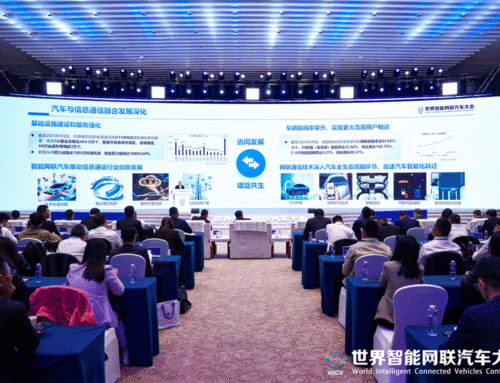On October 24, 2024, China’s State Administration for Market Regulation (SAMR) unveiled its response to a proposal from a National People’s Congress delegate on promoting the development of the traction battery recycling industry. The response highlights China’s standardization efforts and plans for the future, and specifically the commitment of SAMR and the National Standardization Administration (SAC) of advancing standardization in support of the industry. The following text is the translation of the response.
Standardization statistics in China
Currently, nearly 30 national and sector standards have been issued, covering various aspects of traction batteries, including safety, electrical performance, durability, interchangeability, and recycling.
Development of recycling standards
SAMR has approved and issued a series of national standards, including
GB/T 38698 Recovery of traction battery used in electric vehicles—Management specification
GB/T 34015 Recovery of traction battery used in electric vehicles—Echelon use, and
GB/T 33598 Recovery of traction battery used in electric vehicles—Recycling.
These standards establish a comprehensive technical framework for the recycling of traction batteries, covering various application scenarios such as recycling management, echelon utilization, and recovery. More specifically, the standards provide guidelines for constructing recycling networks, setting requirements for echelon utilization, testing residual energy, and establishing disassembly protocols to support responsible recycling, echelon utilization, and recovery of retired traction batteries.
Research on carbon footprint standards
In collaboration with the National Development and Reform Commission, the Ministry of Industry and Information Technology, and the Ministry of Ecology and Environment, SAMR and SAC have issued the Guidelines for Carbon Peaking and Carbon Neutrality Standards System Construction. This document outlines the framework for achieving carbon peaking and neutrality, identifying priority areas for standardization. A national general group has been established to guide the development, application, and internationalization of standards in these areas. Additionally, technical organizations under the group’s guidance are conducting preliminary research on carbon footprint standards for traction batteries to support carbon peaking and neutrality goals.
Next steps
SAMR and SAC will work with the Ministry of Industry and Information Technology and the National Energy Administration to accelerate the development and implementation of standards for traction batter recycling, carbon footprint assessment, and recovery materials. The specific focus will include:
- Recycling of traction battery for vehicles: Developing standards to guide the design of new batteries for echelon utilization and conducting preliminary research on safety requirements for traction batter recycling, in-use battery testing, and echelon utilization.
- Carbon footprint: Strengthening the formulation and revision of national standards for the carbon footprint of traction batteries.
- Development of the Measures for Administration of Recycling and Utilization of New Energy Vehicle Traction Batteries.




